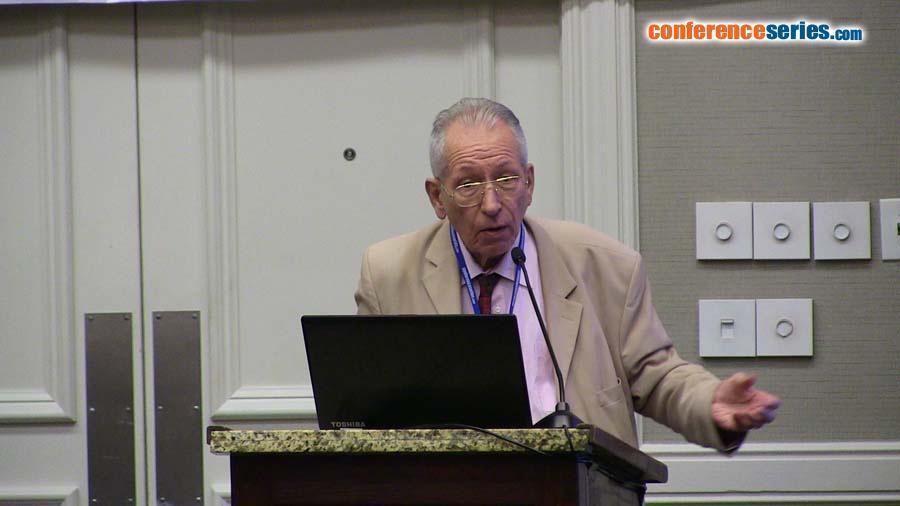
Biography
Biography: Guy Hugues Fontaine
Abstract
ARVCs is covering a spectrum of mostly inherited cardiomyopathies of increasing interest because od a relatively small number of mututions have been identified in 60% of patients (Fressart Europace 2014). The mechanisms of EGS anomalies are btter understood as well as their long term prognosis leading to CHF (Hulot Circulation 2004)
Arrhythmogenic Right Ventricular Dysplasia (ARVD) is mostly due to PKP2 desmosomal mutation with increased RV size with apoptotic thinness of the free wall and segmental anomalies of contraction. This is also due to the presence of fat and interstitial fibrosis mostly observed in the RV free wall and LV apex. This disease is frequent in the general population 3.7% but become clinically apparent in a small number of cases (Fontaine AJC 2014). Clinical presentation is mostly ventricular arrhythmias which can lead to unexpected sudden cardiac death especially in young people and during endurance sports. Some of these patients seen at a late stage of the disease can be misclassified as IDCM. However, in some rare patients, the disease can stop completely its progression.
Brugada syndrome (BrS) has a unique ECG pattern of coved type observed only in lead V1. Structural changes are sometimes producing a Phenotype suggesting ARVD. However, these dkiseases are two different entities with some degree overlap both phenotypically and genotypically in a small number of cases.
Right Ventricular Outflow Tract Ventricular Tachycardia (ROVT VT) is generally benign but one personal case of SD with pathologic documentation demonstrated a localised infundibular anomaly suggesting localised ARVD.
Naxos disease has been identified in the Greek eponym disease is the homozygous form with associated palmoplantar keratosis. This led to the identification of the first mutation Plakoglobin leading to the discovery of multiple candidate genes and finally other mutations.
UHL’s anomaly is rare form which suggests major early apoptosis creating an arrhythmogenic substrate which proved importaznt to demonstrate the re-entrant mechanism of ventricular arrhythmias.
These cardiomyopathies can be affected by a genetically superimposed myocarditis which is frequently the determinant of prognosis (Lopez-Ayala HR 2016).
Experimental ablation of the disease has been demonstrated on the Zebra fish and the mouse opening new vistas for its treatment and prevention (Saffitz Science 2015).



